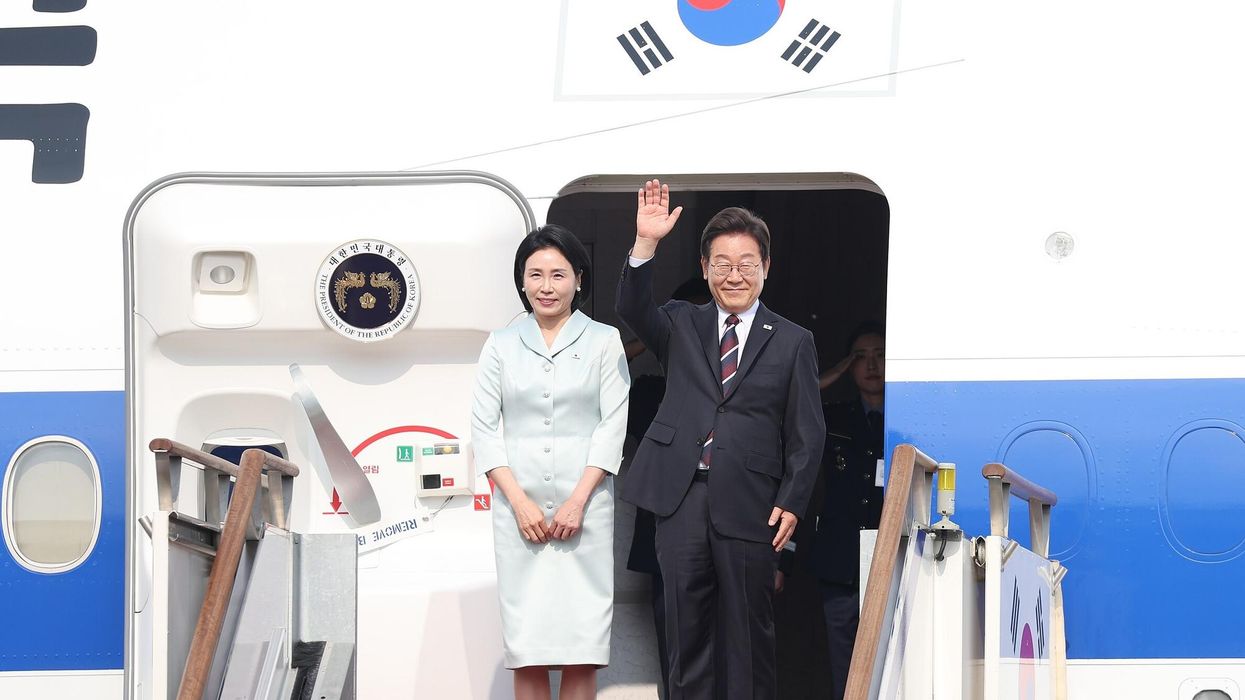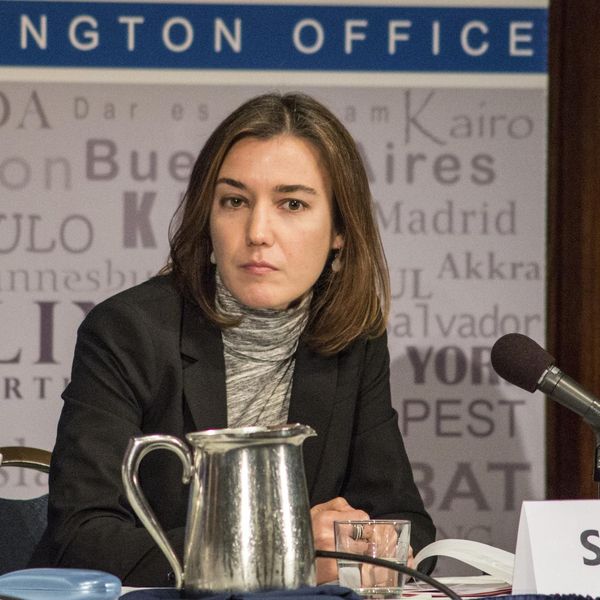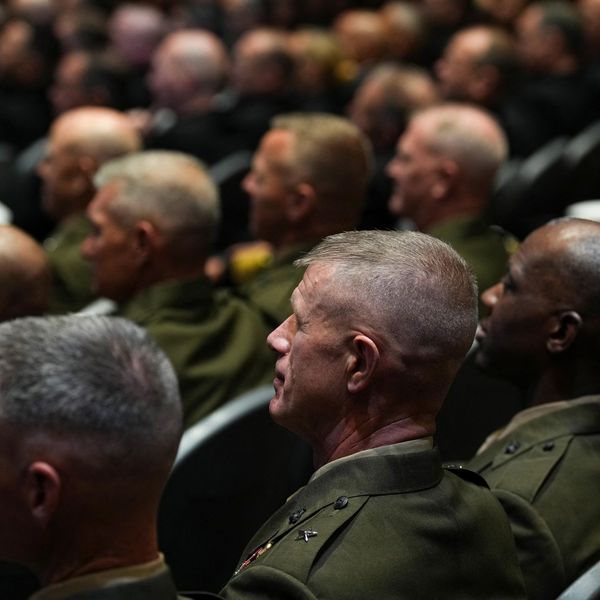Peace agreements are necessarily made between the elites of the warring factions, but there is international agreement that sustainable peace in divided societies can only be achieved if peace negotiations reach out to other actors beyond the elites.
Recent efforts by Martin Griffiths and his U.N. Office of the Special Envoy to Yemen (OSESGY) to include nongovernmental, or Track 2, participants in a more coordinated fashion and to also reach out to grassroots voices (Track 3) are welcome, but significant gaps and inconsistencies in Track 3 inclusion endure.
While it is harder to broker peace when there are more voices at the table, there is also clear cross-national evidence that more inclusive peace agreements are more durable. Yet inclusivity itself is not sufficient if inclusion means simply data-gathering or project implementation.
Up to this point, most inclusion of Track 3 non-combatant Yemeni actors has been as providers of data. Local NGOs and networks have been recognized as increasingly important in the collection of data relevant to needs assessments and the effective provision of aid, amongst others. While this form of inclusion is unquestionably a good thing, it falls short of including Yemenis in the participatory forms of governance that will give them ownership over the peace process and encourage their full engagement with post-conflict reconstruction.
Many of the drivers of conflict in Yemen are already being addressed — albeit often in an ad hoc fashion — through forms of civil action in local communities. Such action demonstrates that there is much knowledge and potential among local, often hyperlocal, Yemeni civil society that could be “scaled up” to the national political stage but which currently functions outside of recognized local governance frameworks.
As a distinctive form of local political engagement, civil action is not the same as non-violent resistance (though it is also non-violent). It is premised on forms of principled engagement among community members with deep, often seemingly intractable, disagreements and objectives. It is important to identify civil action in Yemen and include those who engage in it in post-war planning for two core reasons: first, they are already doing essential reconciliation work in local communities even without calling it that. Second, research on civil action in other contexts shows that it is strongly tied to more durable and more democratic post-conflict outcomes. Civil action matters, in other words, not only for the mechanics of post-conflict reconstruction, but for its character.
A recent collaborative, five team research project on peacebuilding in Yemen implemented by the German think tank CARPO on behalf of the Deutsche Gesellschaft für Internationale Zusammenarbeit (GIZ) GmbH, and by commission of the German Federal Ministry for Economic Cooperation and Development (BMZ), has demonstrated the extent to which civil action of this sort is undertaken by different sectors of society in Yemen and is already transforming the potential for peace by addressing drivers of conflict on the local level.
This research demonstrated, for example, that the everyday actions of women in bridging the ideological divides that now run through families and communities as well as in the psycho-social support to their family members and others around them are of extreme importance to the creation of stability on the local level.
Women activists and local civil society organizations focusing on these matters thus have a lot to share about not only how the divisions in society could be overcome and what would be required from the national (Track 1 and 2) level to support such a process, but also they would be best placed to assess how provisions in a possible peace agreement, for example, plans for demobilization, might impact on communities on the local level.
Civil action undertaken by youth across Yemen also demonstrates the potential among the next generation, both female and male, to contribute to state-building from below: Yemeni youth are active to various degrees — depending on the political and security situation in the areas — in environmental efforts, supporting schools and access to education, working with local security forces to decrease violence in their areas, and providing as citizen journalists more information on the situation of communities on the ground than the heavily politicized traditional media of Yemen have been doing.
Most importantly, through their active engagement in cultural activities throughout the country, youth demonstrate the will to “cultivate a community that embraces differences” and thus to promote the values of inclusivity and equal participation that will be essential for a sustainable peace in Yemen to take hold.
Also the private sector, which is often overlooked as a source of civil action, has demonstrated a decree of social responsibility without which the country’s humanitarian situation would very likely be even more dire. Despite an extremely counter-productive economic and fiscal environment, private sector actors have contributed to the humanitarian effort, supported civil society activities on the local level, and have also engaged in efforts to address the almost unhampered and therefore devastating spread of COVID-19 in the country.
A recent publication by the Rethinking Yemen’s Economy initiative, in which private sector actors have an important role, demonstrates that any peace agreement in Yemen will likely not be sustainable if economic provisions are not addressed. Incorporating the voices of private sector actors in designing a way forward for post-conflict Yemen is thus essential.
Taken collectively, then, this research shows that unexpected and under-recognized actors have been making essential contributions to their communities and are both capable of and eager to continue this work in a post-conflict setting. But they articulated needs that the researchers did not always anticipate.
A broader negotiation framework that integrates the knowledge and experiences of Track 3 actors is more likely to surface these needs, build upon the capacities of civil actors and create an overall political environment that will allow for inclusivity, local ownership, and participatory forms of governance. It would also dilute the overrepresentation of Yemen’s armed factions, who have determined Yemeni futures for too long.
International donors as well as the OSESGY would thus do well to invest more systematically in multitrack peace mediation and to ensure that Track 3 experiences and contributions of civil action are reflected in a peace agreement that lays out the post-conflict order.
















